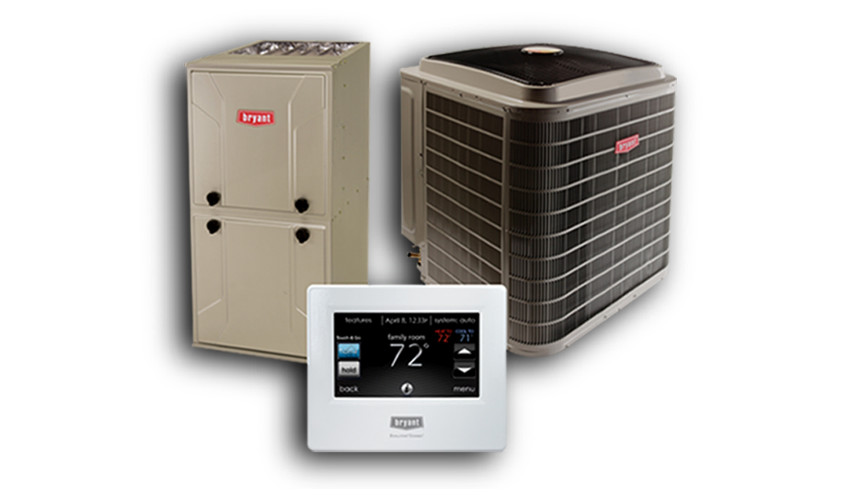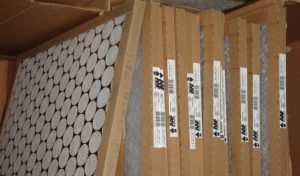[vc_row][vc_column][/vc_column][/vc_row][vc_row][vc_column][vc_column_text]
Programmable thermostats can help you take control of the energy use in your home and help save you money on your monthly utility bills. That’s because a programmable thermostat gives you the ability to adjust the temperatures set for your air conditioner throughout the day according to a pre-set schedule.
What does that mean exactly? Well, it means that you can set your programmable thermostat to raise the temperature to 75 degrees during the day while no one is home, and then lower back down to 71 before you get back! In fact, you can have multiple automatic settings throughout the day to optimize your energy consumption.
If you follow the ENERGY STAR guidelines for programmable thermostat use, you can save about $180 every year in energy costs—this can help you reduce your energy bills and enjoy a more comfortable home. Here are ENERGY STAR’s recommendations:
- You’ll achieve maximum savings when you keep the temperature set at its energy saving set-points for long periods of time—at least eight hours—such as during the day, when no one is at home, and throughout the night, after bedtime.
- All thermostats let you temporarily make an area of your home warmer or cooler without erasing the pre-set programming. This override is cancelled automatically at the next program period. You actually use more energy (and pay more on your energy bills) if you consistently “hold” or override the pre-programmed settings—so avoid this as much as possible!
- Programmable thermostats generally have two types of hold features: hold/permanent/vacation and temporary. ENERGY STAR recommends avoiding the use of the hold/permanent/vacation feature to manage day-to-day temperature settings. This is best used when you’re planning to be away for an extended period. Set this feature at a constant, efficient temperature when going away for the weekend or on vacation.
- Cranking your unit to extreme temperatures—40 degrees in the summer or 90 degrees during the winter—will not cool or heat your home any faster. All it does is consume more energy, and it’s definitely not the way to go if you want to save money on your utility bills.
- If your home has multiple heating or cooling zones, you should use a programmed setback thermostat for each zone to maximize comfort, convenience, and energy savings throughout the house.
- If your programmable thermostat runs on batteries, it’s important to remember to change the batteries each year!
- By turning your thermostat back 10° to 15° for 8 hours, you can save 5% to 15% a year on your heating bill — a savings of as much as 1% for each degree if the setback period is eight hours long.
[/vc_column_text][/vc_column][/vc_row]




